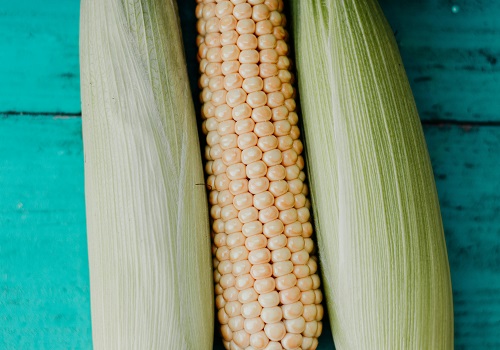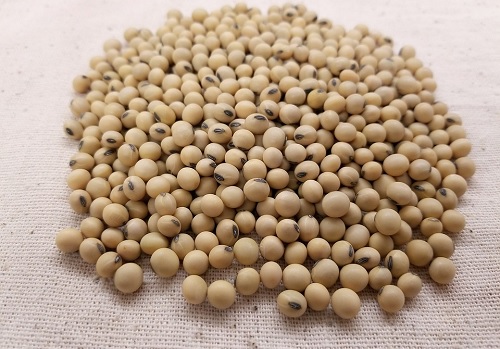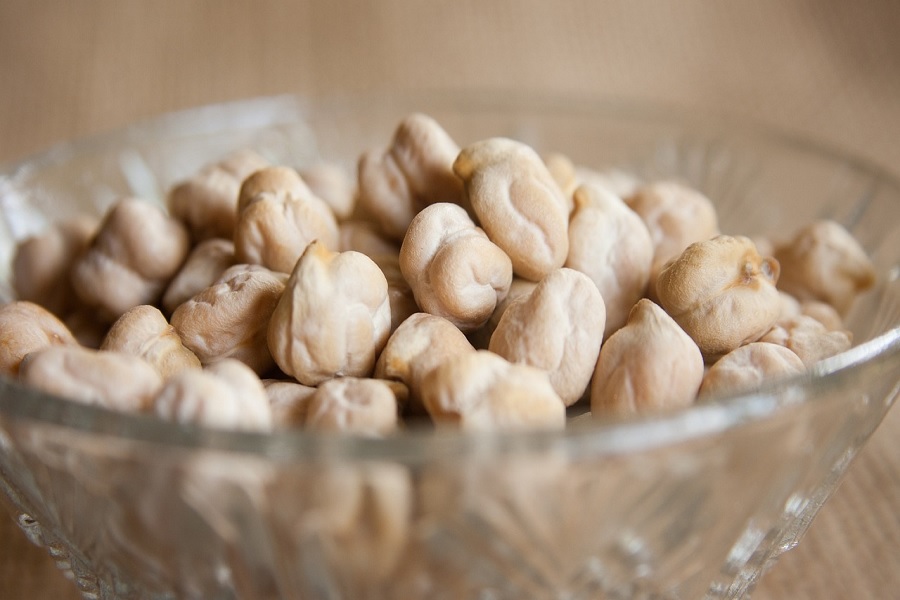Philippines Corn Imports Surge as Tariffs Drop by 80% by Amit Gupta, Kedia Advisory

The Philippines is experiencing a sharp increase in corn imports, projected at 1.5 million tons for 2024/25 due to lowered tariffs. Recent government initiatives have reduced in-quota tariffs from 35% to 5% and out-of-quota tariffs from 50% to 15%, making imported corn more affordable. This tariff reduction primarily benefits the livestock and poultry sectors, which are significant consumers of corn feed. However, domestic corn production remains constrained by factors like pest infestations and typhoon impacts. Despite a small uptick in domestic output, demand outstrips supply, necessitating more imports from global suppliers such as Brazil, Argentina, and ASEAN countries.
Key Highlights
* Philippines corn imports forecast at 1.5 million tons in 2024/25.
* In-quota tariffs reduced to 5%, spurring higher import volumes.
* Livestock sector demand drives increased corn feed imports.
* Domestic production faces challenges from pests and typhoons.
* Brazil, Argentina, and ASEAN countries emerge as key suppliers.
The Philippines has significantly ramped up its corn imports, projected to reach 1.5 million tons in 2024/25, following a steep reduction in tariffs. In recent years, the government’s reduction of in-quota import tariffs from 35% to 5% and out-of-quota tariffs from 50% to 15% has made imported corn more cost-effective. This policy shift primarily aims to support the country's livestock and poultry industries, which heavily rely on corn feed for their operations.
Despite efforts to boost local corn production, domestic output remains constrained. Producers face numerous challenges, including recurrent pest infestations, severe typhoon damage, and limited land availability. In 2023/24, the Philippines produced only 8.1 million tons of corn, the lowest since 2019/20. Consequently, the country has had to look to international markets to fill the gap, importing significant volumes from countries such as Brazil, Argentina, and ASEAN members. Recent trade data show a marked increase in imports from non-ASEAN suppliers, with Argentina alone contributing 35% of total imports by 2023/24.
As global corn supplies remain abundant, the Philippines stands to benefit from relatively stable prices, although seasonal fluctuations and varying import demands may impact overall costs. With strong demand expected from the livestock and poultry sectors, the government’s tariff reduction policies are likely to continue playing a vital role in securing the Philippines' corn supply.
Finally
The Philippines' lowered corn tariffs have spurred a surge in imports, vital for meeting growing domestic feed demand, particularly in livestock and poultry.
Above views are of the author and not of the website kindly read disclaimer






















